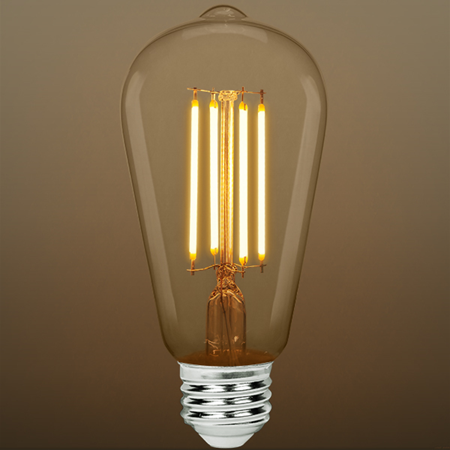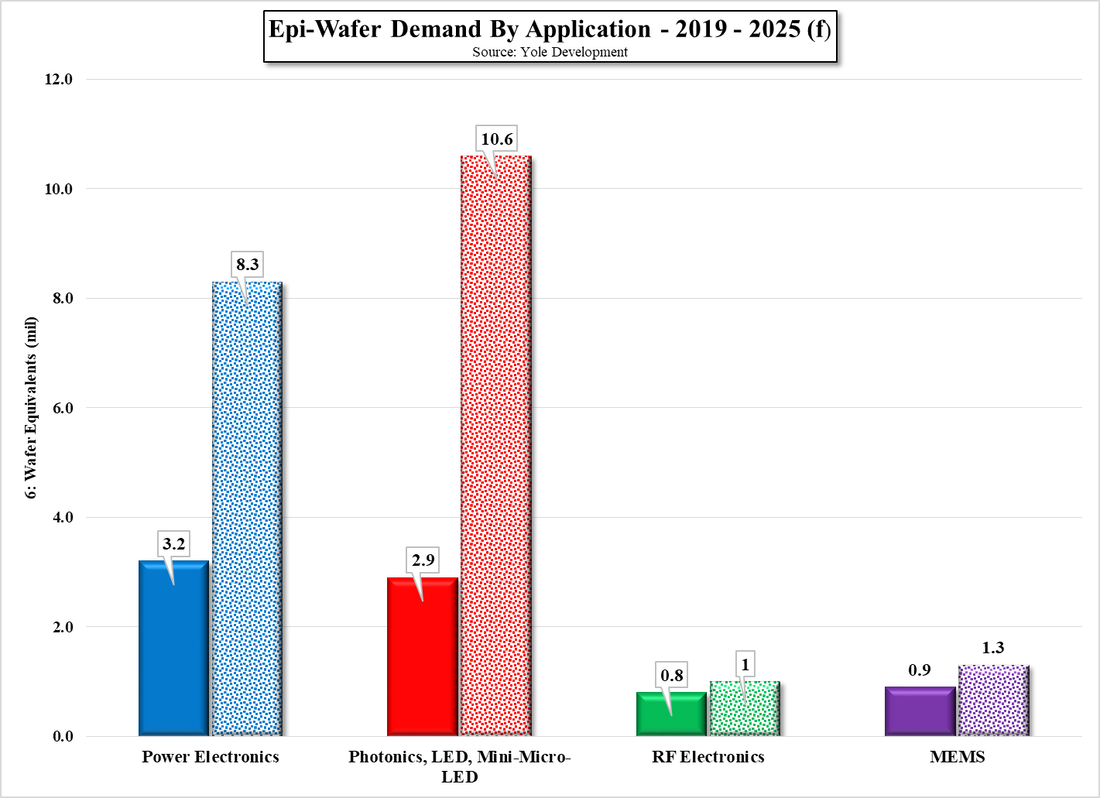Genesis Takes Apple to CourtGenesis Photonics (3383.TT), a supplier of LED products including flip-chip and specialty LEDs, has sued Apple (AAPL) in the Taiwan courts for infringing 9 of the company’s patents concerning LED packaging, including mini-LED packaging and mini-LED backlight modules. The Apple products that the Genesis suit is focused on are the iPad Pro, the iPad Pro Mini and related products, with the suit requesting that all infringement cease and the firm be compensated for the infringement. The documents specify compensation of $7.55m, which is the minimum necessary for the filing, with the actual amount to be refiled after the number of infringing products is determined. Genesis expects to file similar documents in other countries.
0 Comments
A Bulb By Any Other Name… |
AuthorWe publish daily notes to clients. We archive selected notes here, please contact us at: [email protected] for detail or subscription information. Archives
May 2025
|



 RSS Feed
RSS Feed